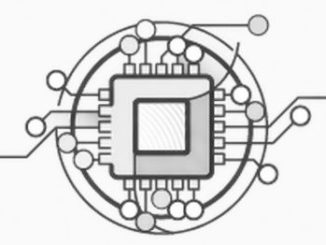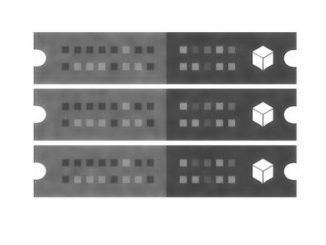
Inside A Decade Of Google Homegrown Datacenter Networks
When search engine giant Google started planning and then building software-defined networks more than a decade ago, the term did not even exist yet. …

When search engine giant Google started planning and then building software-defined networks more than a decade ago, the term did not even exist yet. …

By the time Ashish Thusoo left Facebook in 2011, the company had grown to around 4,000 people, many of whom needed to access the roughly 150 petabytes of data—quite a hike from the 15 petabytes his team was trying to wrench from data warehouses in 2008. …

When you have tackled some of the biggest database and storage problems in hyperscale computing, what do you do as an encore? …

The Haswell Xeon E5 processor ramp is continuing a-pace, and Amazon Web Services is putting out a new variant of its EC2 compute instances that employ custom versions of these Intel processors. …

Enterprises like choices, they abhor vendor lock in, and they like the options that open source gives. …

It has taken a little longer than expected, but then again, creating a datacenter operating system that mimics the sophisticated bare metal and virtualized systems inside of search engine giant Google is no simple task. …

Any new system architecture gets its best chance of being adopted in the enterprise when it is paired with a greenfield workload that is more or less isolated from other software running in the datacenter. …

Just as the fervor died down around the massive deals for forthcoming pre-exascale supercomputers in the United States following the CORAL procurements (most recently, with the announcement of Aurora—the only one of three such HPC deals that is not betting the future on IBM OpenPower systems) the supercomputing spark was stoked again, this time, from across the pond. …

It has always been our contention that recessions drive successive waves of technology transitions in the datacenter. …

Now that the on-again, off-again deal between Intel, the world’s largest maker of processors, and Altera, one of the dominant makers of field programmable gate arrays, is going to happen for the tidy sum of $16.7 billion in cash, Intel is poised to usher in a new era of computing while at the same time countering the many competitive threats it has in the datacenter. …
All Content Copyright The Next Platform